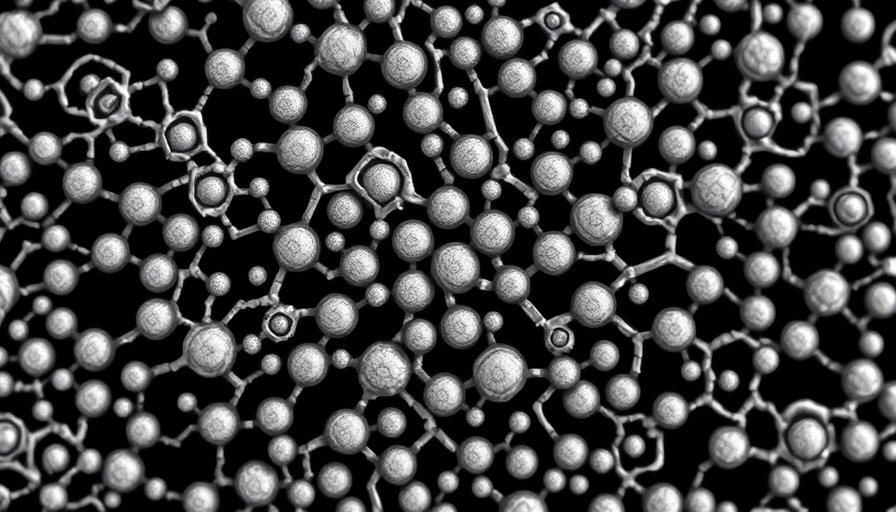
A Journey Back to the Origin of Life
The quest to understand the origin of life on Earth is a captivating pursuit that has intrigued scientists for centuries. Recent research led by a team at Ludwig Maximilian University of Munich provides exciting insights into how the first cells might have thrived in the primitive environments of our planet. By recreating ancient metabolic processes in the lab, researchers have drawn parallels between our early history and present-day scientific exploration.
Simulating Conditions for Early Life
In experiments that mirrored the conditions on Earth between 4 and 3.6 billion years ago, researchers created miniature settings resembling modern-day hydrothermal vents, specifically "black smokers." These geological formations are known for their rich deposits of iron and sulfur, essential elements believed to fuel early life forms. Crucially, the ancient oceans were replete with dissolved iron, making them an extreme yet nurturing environment for microorganisms.
Geochemical Reactions: The Heart of Metabolism
The team's carefully controlled experiments led to an unexpected revelation: the single-celled archaean Methanocaldococcus jannaschii not only survived but thrived without additional nutrients. This organism utilized hydrogen gas produced from iron and sulfur reactions as a potent energy source. The finding underscores the resilience and adaptability of life in extreme conditions, suggesting that similar mechanisms may have supported the genesis of life on Earth.
Implications for Life Beyond Earth
This groundbreaking research not only sheds light on our own origins but also raises fascinating questions about the potential for life beyond our planet. By understanding how early life forms adapted to their harsh environments, scientists can explore the possibility of similar biochemical pathways existing on other celestial bodies. Could there be microbial life on planets with compositions reminiscent of early Earth? Investigating the geochemical processes associated with potential hydrothermal environments on moons like Europa or Enceladus could yield clues about extraterrestrial life.
Future Directions in Astrobiology
The implications of this research extend beyond biology into the realm of astrobiology, a field that combines biology, astronomy, and planetary science. Future missions to Mars or icy moons could seek to identify similar geochemical reactions, potentially finding evidence of life—or at least conditions that could support it. The insights gained from the current studies will be essential in guiding such exploratory missions.
Conclusion: Embracing Our Shared Origin
As we continue to peel back the layers of our planet's history, understanding our origins not only enriches our knowledge but also fuels the search for life elsewhere in the universe. Harnessing insights from ancient metabolic processes allows us to appreciate the biochemical resilience inherent in life. This work exemplifies the intersection of scientific inquiry and the enduring mystery of existence itself.
As we venture into the future of exploration and innovation, the understanding of life's origins becomes a beacon guiding us toward unexpected discoveries in space and beyond. The continued investment in science and research is crucial, inspiring the next generation of explorers and thinkers to uncover the next secrets of life—and perhaps even intelligence—beyond Earth.
 Add Row
Add Row  Add
Add 




Write A Comment